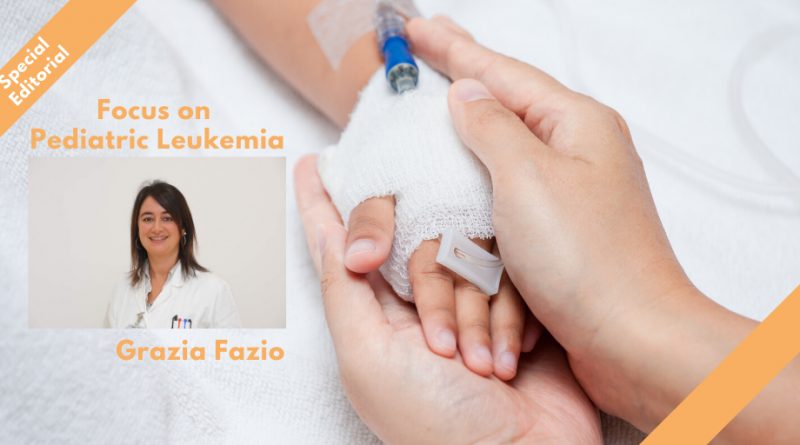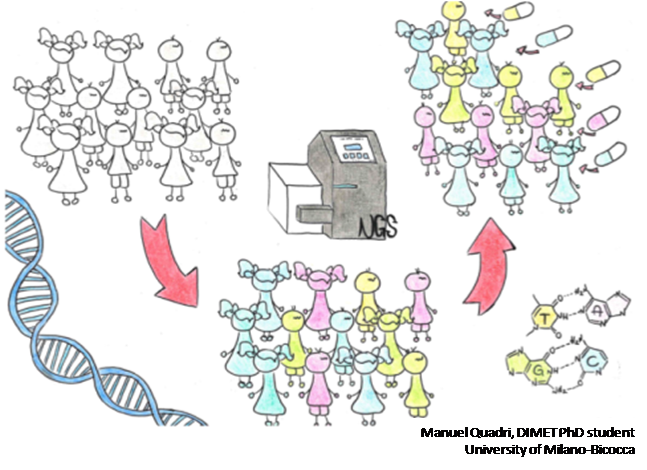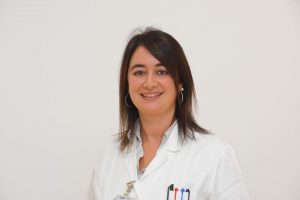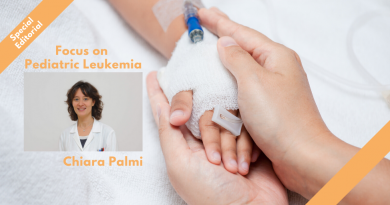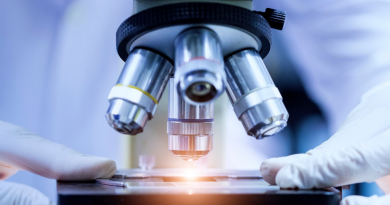A New View of Cancer Pathways in Pediatric Leukemia
What We Know So Far
Technology at the service of medicine! Over the past decade, an enormous technological progress, based on Next Generation Sequencing (NGS) strategies, has allowed a better understanding of the molecular basis of genetic diseases and tumors. In fact, the possibility of identifying structural and numerical alterations of DNA as well as sequence variations, has allowed on one hand to identify disease genes, even for cases without clinical diagnosis, and on the other to clarify the biological heterogeneity of cancer, for a more precise definition of risk factors and the identification of a personalized treatment.
Individual variability and personalized medicine. Many studies have revealed the great heterogeneity of somatic mutations, not only between different types of cancer, but also between tumors of individuals affected by the same type of cancer. While previous efforts in cancer research focused on the few frequently mutated genes, it can currently be assumed that the new somatic mutation landscape is characterized by a higher number of mutated genes but with less frequency. Therefore, the development of high-resolution massive sequencing techniques of DNA and RNA that allows to identify these new and infrequent alterations is increasingly necessary.
Our Progress
Our goal is to improve the cure rate for childhood leukemia, which is the most common cancer in children and adolescents. Currently, the cure rate is around 85%, although treatments are very aggressive. To improve the cure rate to 100% we cannot further increase treatment intensity. Instead, we need to understand the significant differences in each patients’ response to different treatments. A better understanding of the genetic differences underlying each individual’s disease will determine which therapies will be most effective
We focused our research on the PAX5 gene and discovered new fusion partner genes. We also contributed to define the genetic aberrations in a new subgroup of patients with poor prognosis named ‘Ph-like ALL’, that have a gene expression signature in common with cases of Philadelphia chromosome positive acute lymphoblastic leukemia and can be treated by Tyrosin Kinase Inhibitors (TKIs), which are effective and targeted drugs.
Future Perspective
At the Centro Ricerca Tettamanti, we study the molecular basis of pediatric leukemia by NGS to realize the personalized medicine in Pediatric Leukemia. We are identifying genes that contribute to the onset of disease and gaining insight into the heterogeneity of treatment response in patients. With this information, we are progressively helping physicians in selecting the most effective and safe treatment for each patient.
Dr. Grazia Fazio, PhD
Virgilio Program Tutor
Senior Research Scientist
Genetics of Leukemia Unit (PI Giovanni Cazzaniga)
Centro Ricerca M. Tettamanti Clinica Pediatrica, Ospedale S.Gerardo
Dipartimento di Medicina e Chirurgia Università degli Studi Milano-Bicocca
